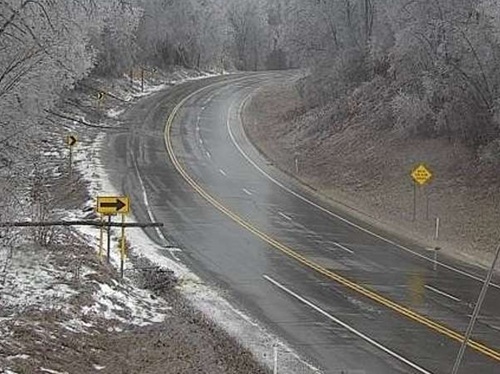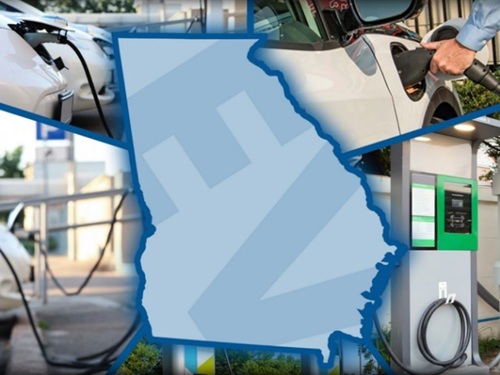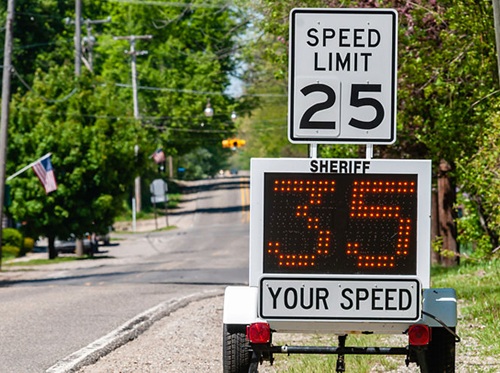The Illinois Department of Transportation and Illinois Center for Transportation recently launched a joint project aimed at improving the understanding of “self-enforcing” streets; roads that use visual cues and physical layouts to control speeds. The partnership will also identify both opportunities and barriers to the use of such roadways statewide.
[Above photo by Illinois DOT]
“[Fatalities] continue to be stubbornly high in Illinois and across the nation, as people drive at higher speeds, more recklessly and more distracted,” noted Stephane Seck-Birhame, Illinois DOT’s bureau chief of safety programs and engineering, in a blog post.
“We are committed to the ambitious goal of driving the number down to zero through a holistic, safe-system approach that takes into account the need to build safer roads,” she added. “The work that’s happening as part of this study is an innovative approach to explore together with our safety partners, with the potential to apply design elements to help reduce speeding.”
The study she referenced – entitled “Advancing Self-Enforcing Streets Phase 1: The Relationship between Roadway Environment and Crash Severity” – focused on potential features of “self-enforcing” roadways, including speed feedback signs, narrower or reduced number of travel lanes, speed humps, and curves or shifts in the roadway, among others.
[Editor’s note: In a related development, the Illinois DOT is helping establish a Geographic Information System or GIS network of fixed monuments called a Continuously Operating Reference Stations network statewide. The video below explains the potential transportation benefits of that technology.]
This study examined existing national and international self-enforcing streets research, then conducted a preliminary analysis of the impacts of roadway elements on crash severity in Illinois.
The joint project team examined data from more than 1.15 million crashes in Illinois between 2019 and 2022 and used Google Street View to obtain geospatial data from those sites, with the goal of developing a methodology for analyzing relationships between roadway geometry and features and crash outcomes.
They applied image segmentation — an artificial intelligence technique that trains computers to interpret images by classifying pixels into specific categories — to determine trends in crash severity and contributing factors.
“Rather than design to allow the highest possible speeds safely, self-enforcing or self-explaining roadways use geometry and design features to constrain speeds to what is believed to be safe for the context,” noted Victoria Barrett, senior transportation planner for the Chicago Metropolitan Agency for Planning.
The next steps for this joint effort involve studying additional landscaping and roadway elements and their influence on speeding as well as identifying cost-effective ways to modify designs. Illinois DOT’s Seck-Birhame said her agency aims to use the findings from this research to develop preliminary guidance for self-enforcing roadways, where appropriate.
“Safety is Illinois DOT’s highest priority,” she noted. “The general public will benefit from road designs that nudge them in obeying traffic laws, notably speed limits. Illinois DOT will benefit from another design tool in our effort against speeding.”
 States
States
Podcast: Flashing LED Lights Can Boost Roadway Safety
December 5, 2025 States
States

